Perimeter and Area of Trapezium
Here we will discuss about the perimeter and area of a trapezium and some of its geometrical properties.
Area of a trapezium (A) = 12 (sum of parallel sides) × height
= 12 (a + b) × h
Perimeter of a trapezium (P) = sum of parallel sides + sum of oblique sides
Some geometrical properties of a trapezium:
In a trapezium PQRS in which sides PQ and RS are parallel, and X and Y are respectively the middle points of PS and QR,
XY = 12 (PQ + SR)
Area of ∆QSR = area of ∆PSR
Area of ∆PQS = area of ∆PQR
Solved example problem on finding the perimeter and area of a trapezium:
1. In the trapezium PQRS, PQ ∥ RS and ∠PSR = 90°. If PQ = 15 cm, SR = 40 cm and the diagonal PR = 41 cm then find the area of a trapezium.
Solution:
In the right-angled ∆PSR,
PR2 = PS2 + SR2
Therefore, 412 cm 2 = PS2 + 402 cm2
⟹ PS2 = (412 - 402) cm2
= (41 + 40) (41 – 40) cm2
= 81 × 1 cm2
= 81 cm2
Therefore, PS = 9 cm
Therefore, area of the trapezium PQRS = 12 (sum of the parallel sides) × height
= 12 (PQ + SR) × PS
= 12 (15 + 40) × 9 cm2
= 12 × 55 × 9 cm2
= 4952 cm2
= 247.5 cm2
2. The parallel sides of a trapezium measure 46 cm and 25 cm. Its other sides are 20 cm and 13 cm. Find the distance between the parallel sides and the area of the trapezium.
Solution:
PQRS is a trapezium in which RS ∥PQ, RS = 25 cm and PQ = 46 cm.
Also, PS = 20 cm and QR = 13 cm
Draw RT ∥ SP and RU ⊥ PQ
Then RSPT is a parallelogram.
So, RT = SP = 20 cm and PT = SR = 25 cm
Therefore, TQ = PQ – PT = 46 cm – 25 cm = 21 cm
Area of the ∆RTQ = √s(s−a)(s−b)(s−c)
where s = RT + TQ + QR2
= 20 + 21 + 132 cm
= 27 cm
Now, plug the values in √s(s−a)(s−b)(s−c).
= √27(27−20)(27−21)(27−13) cm2
= √27∙7∙6∙14 cm2
= √3∙3∙3∙7∙3∙2∙7∙2 cm2
= √32∙32∙72∙22 cm2
= 3 ∙ 3 ∙ 7 ∙ 2 cm2
= 126 cm2
Also, the area of the ∆RTQ = 12 TQ × RU = 12 × 21 cm × RU cm2
Therefore, 126 cm2 = 12 × 21 cm × RU
or, RU = 126×221 cm
or, RU = 12 cm
Therefore, the distance between the parallel sides = 12 cm
Therefore, area of the trapezium PQRS = 12 × (SR + PQ) × RU
= 12 × (25 + 46) × 12 cm2
= 12 × (25 + 46) × 12 cm2
= 12 × 71 × 12 cm2
= 8522 cm2
= 426 cm2
Application on Perimeter and Area of Trapezium:
3. The shape of the cross section of a canal is a trapezium. If the canal is 10 m wide on the top and 6 m wide at the bottom, and the area of its cross section is 72 m2 then find the depth of the canal.
Solution:
The cross section is the trapezium PQRS in which PQ ∥ RS. Here PQ = 10 m, RS = 6 m, and area of the trapezium PQRS = 72 m2.
Let d be the depth of the canal.
Then, area of the trapezium PQRS = 12(PQ + RS)d
⟹ 72 m2 = 12(10 + 6) × d
⟹ d = 72×216 m = 9 m
Therefore, the depth of the canal = 9 m.
From Perimeter and Area of Trapezium to HOME PAGE
Didn't find what you were looking for? Or want to know more information about Math Only Math. Use this Google Search to find what you need.
Recent Articles
-
Counting Numbers from 1 to 50 | Match the Number | Missing Numbers
Apr 04, 25 03:46 PM
In counting numbers from 1 to 50, recognize the numbers, count and then join the numbers in the correct number order. Here we mainly need eye-hand coordination to draw the picture and maintain the num -
Counting Eleven to Twenty with Numbers and Words |Numbers from 11 - 20
Apr 04, 25 03:21 PM
Counting eleven to twenty with numbers and words are explained below. One ten and one more is eleven. Eleven comes after ten. One ten and two more is twelve. Twelve comes after eleven. -
5th Grade BODMAS Rule Worksheet | PEMDAS | Order of operations|Answers
Apr 03, 25 03:11 PM
In 5th Grade BODMAS Rule Worksheet you will get different types of problems on mathematical expressions involving different operations, mathematical expression with 'brackets' and 'of' and simplifying… -
Worksheet on Simplification | Simplify Expressions | BODMAS Questions
Apr 03, 25 02:58 PM
In worksheet on simplification, the questions are based in order to simplify expressions involving more than one bracket by using the steps of removal of brackets. This exercise sheet -
Divisible by 2 Video |Test of Divisibility by 2 Trick| Rules| Examples
Apr 03, 25 10:25 AM
A number is divisible by 2 if the digit at unit place is either 0 or multiple of 2. So a number is divisible by 2 if digit at its units place is 0, 2, 4, 6 or 8.
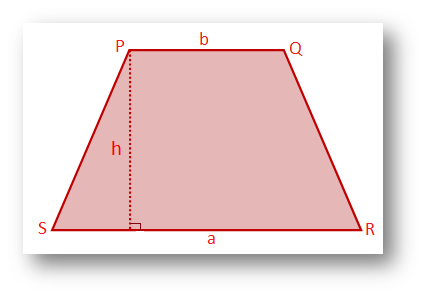
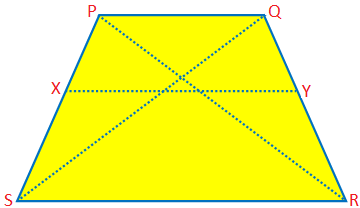
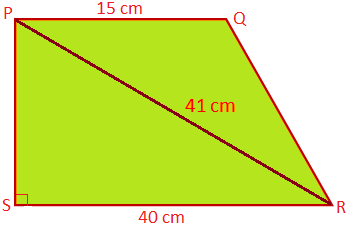
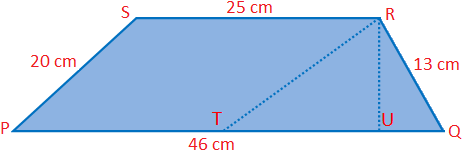
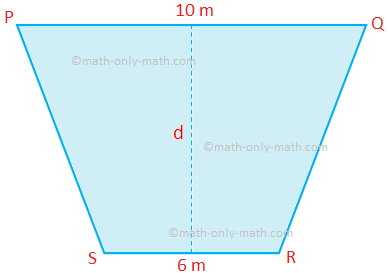


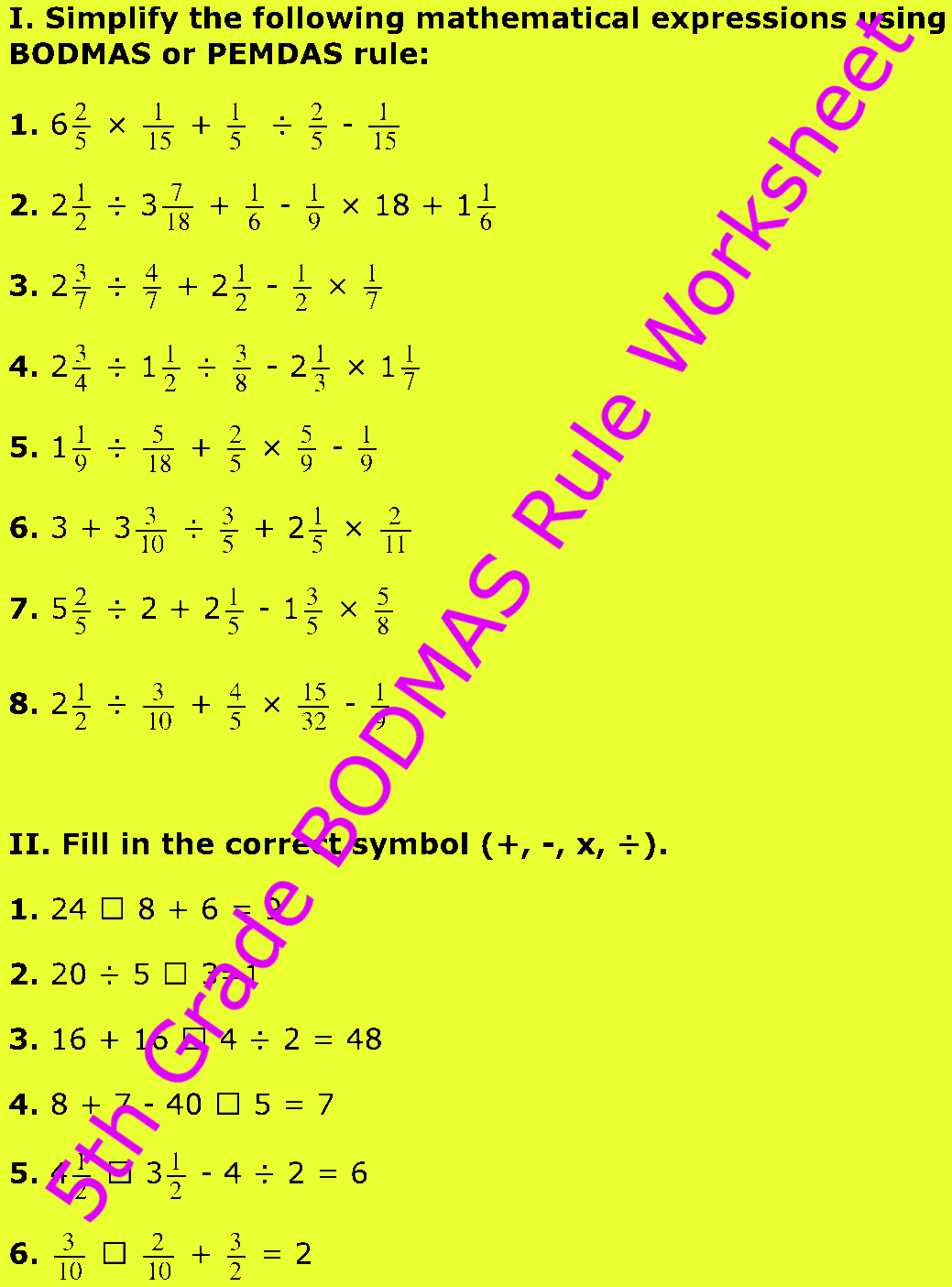


New! Comments
Have your say about what you just read! Leave me a comment in the box below. Ask a Question or Answer a Question.